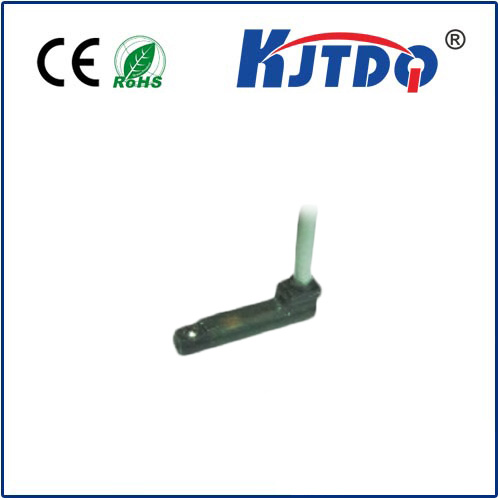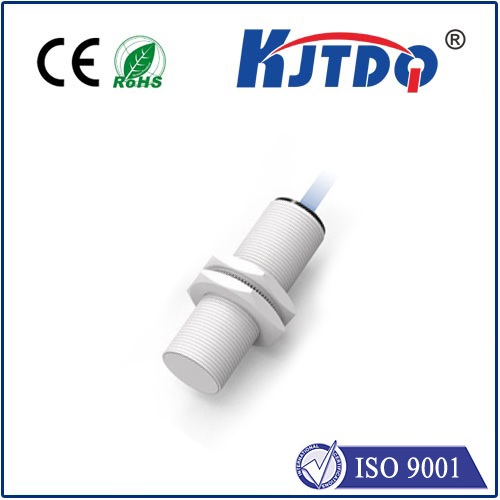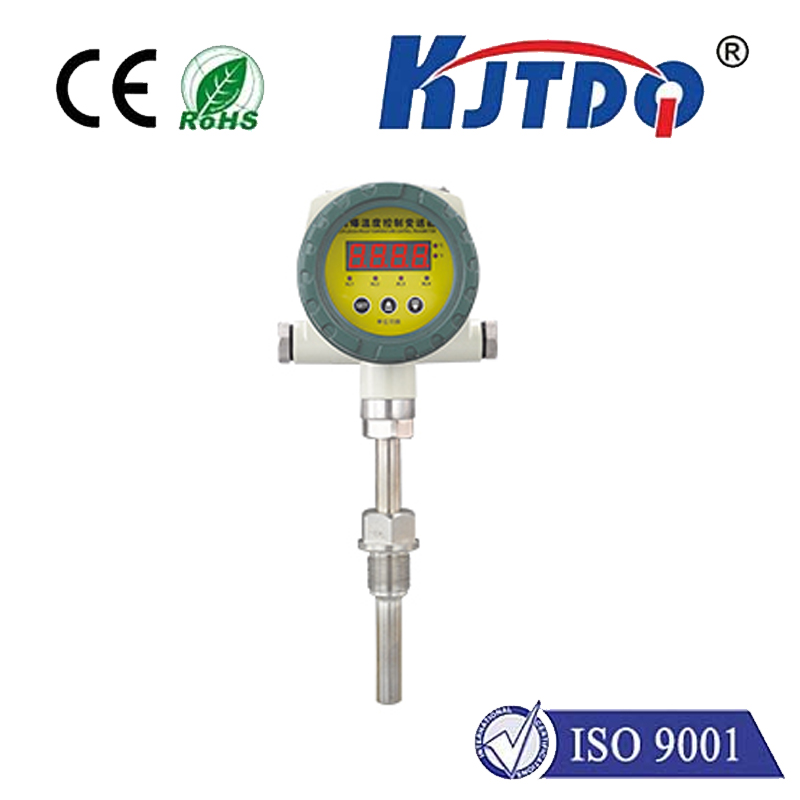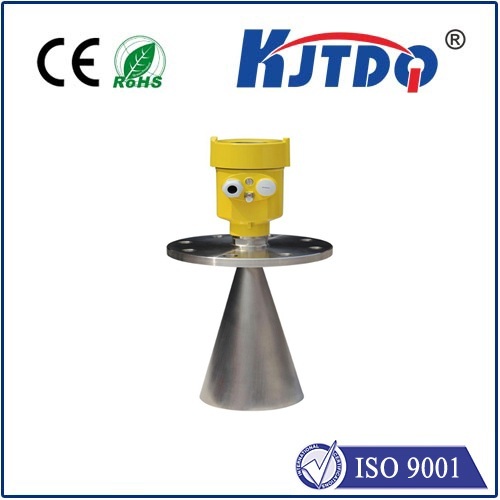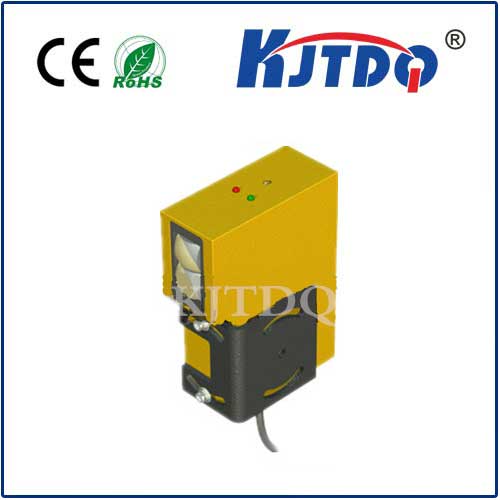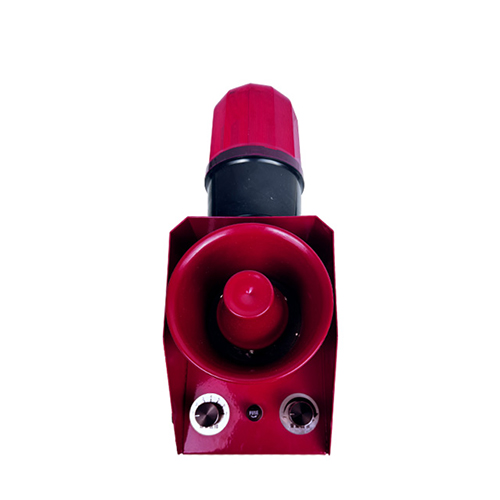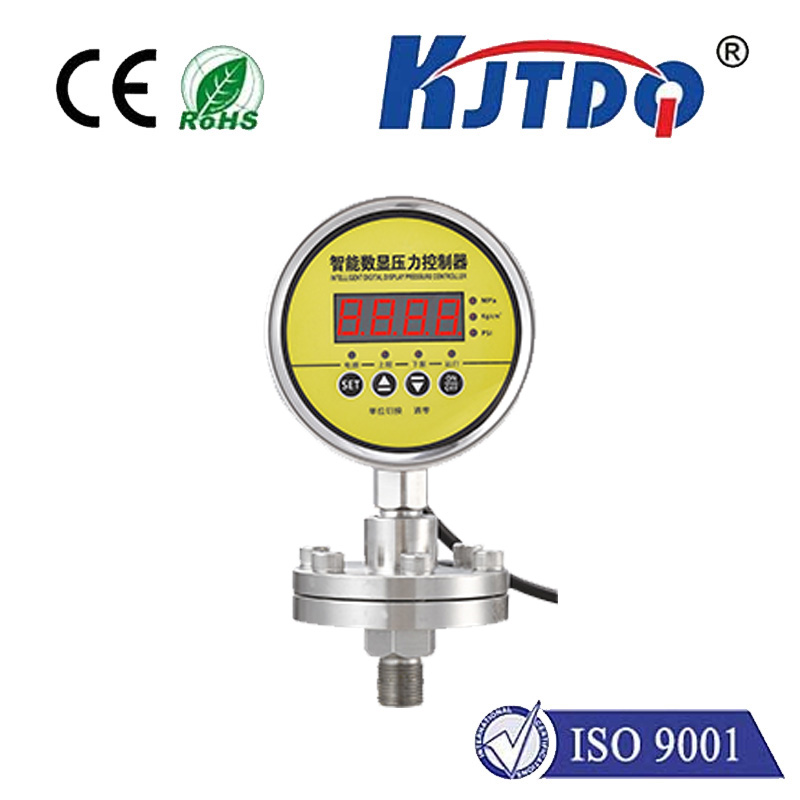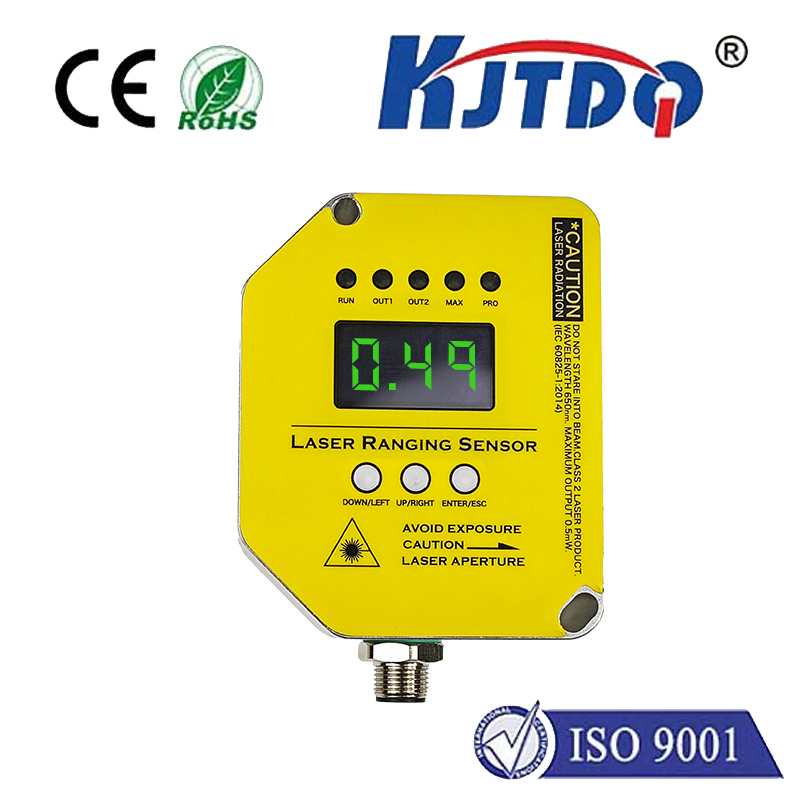sensor gy906
- time:2025-06-26 02:58:54
- Click:0
Sensor GY906: Unlocking Precision with the MLX90614 Infrared Temperature Sensor
Can you measure temperature without touching an object, even in complete darkness? The answer lies in the fascinating world of infrared (IR) sensing, and the component often marketed as the “Sensor GY906” provides a remarkably accessible gateway. While “GY906” typically refers to a breakout board module, its heart is the powerful MLX90614 infrared thermometer from Melexis. This technology transforms how we measure temperature in countless applications, offering contactless precision with surprising ease.
Beyond the Label: Understanding the MLX90614 Core
The magic of the GY906 module stems entirely from the MLX90614 chip. This sophisticated sensor detects infrared radiation emitted by all objects above absolute zero. It doesn’t require visible light; it perceives the inherent thermal energy radiating from surfaces. The sensor contains two critical components: an advanced IR thermopile detector sensitive to the specific wavelengths of infrared radiation emitted by objects within its field of view, and a powerful signal conditioning chip that processes this raw data.
The conditioning chip performs complex calculations. It accounts for the sensor’s own internal temperature (measured by an integrated thermistor) and applies sophisticated algorithms to compensate for ambient conditions and the object’s emissivity (how efficiently it radiates IR energy). Finally, it outputs the calculated object temperature in either object temperature or ambient temperature format using standard digital communication protocols like I2C or PWM. The result is a highly accurate, non-contact temperature reading delivered via simple electronic signals.
Key Capabilities and Specifications

Understanding the core specifications of the MLX90614-based GY906 sensor is crucial for effective application:
- Non-Contact Measurement: The defining feature. Measure temperature without physical interaction, ideal for moving parts, hazardous materials, or delicate surfaces.
- Wide Temperature Range: Typically measures object temperatures from -70°C to +380°C (-94°F to +716°F), covering a vast array of use cases.
- Accuracy: Industry-standard units achieve an accuracy of ±0.5°C around room temperature (e.g., ±0.5°C at Ta=25°C, To=25°C for MLX90614ESF-BAA). Accuracy can vary slightly based on sensor grade (medical, industrial, consumer) and specific conditions.
- Field of View (FOV): Crucial for accurate targeting. Common versions on GY906 boards include 5°, 10°, 35°, and 90°. A narrower FOV (like 5°) allows precise measurement of smaller objects at greater distances, while a wider FOV (like 90°) captures average temperatures over larger areas closer up. Always verify the FOV on your specific module.
- Emissivity Adjustment: While factory-calibrated for an emissivity of 0.95 (suitable for many organic materials and painted surfaces), many libraries allow software adjustment for highly reflective or unique materials.
- Digital Output: Primarily communicates via I2C, making it incredibly simple to interface with popular microcontrollers like Arduino, ESP32/8266, Raspberry Pi, and STM32.
Why Choose the GY906/MLX90614?
Compared to other IR temperature options or contact sensors like thermistors or thermocouples, the GY906 sensor module offers distinct advantages:
- Safety & Convenience: Measure hot surfaces (ovens, engines), moving parts (motors, conveyors), hazardous substances, or fragile items (food, biological samples) without risk or contamination.
- Speed: Provides near-instantaneous readings, essential for dynamic processes or scanning multiple points quickly.
- Reliability: No moving parts or physical contact wear, leading to longer lifespan in demanding environments.
- Integration Ease: Pre-built GY606 modules come ready to solder or plug into breadboards/protoboards. The I2C interface requires minimal wiring (just 4 wires: VCC, GND, SDA, SCL).
- Cost-Effectiveness: For its capabilities, the MLX90614-based modules offer exceptional value, significantly lower than many industrial-grade non-contact thermometers.
Practical Implementation: Bringing the GY906 to Life
Getting started with a GY906 breakout board is typically straightforward:
- Hardware Connection: Connect the module’s VCC pin to your microcontroller’s 3.3V (most common for GY906 modules, always check your board’s specifications! Some require 5V), GND to GND, SDA to the microcontroller’s SDA pin, and SCL to the SCL pin. Pull-up resistors (often 4.7kOhm) are usually required on the I2C lines if not already on the module.
- Software Libraries: Leverage well-established libraries. For Arduino, libraries like
Adafruit_MLX90614 or SparkFunMLX90614 simplify communication significantly. For Python on Raspberry Pi, smbus2 combined with the MLX90614 datasheet protocol is common.
- Reading Data: The library will typically provide functions like
readObjectTempC() or readAmbientTempC() to retrieve the calculated temperatures. Remember to account for your sensor’s FOV and the target’s emissivity for maximum accuracy.
- Considerations: Be mindful of the Field of View – ensure the target object fills the sensor’s FOV for accurate measurement. Minimize drafts or rapid air movement around the sensor or target. Avoid measuring through glass or other materials opaque to IR in the sensor’s wavelength range (typically 5.5µm to 14µm).
Diverse Applications: Where the GY906 Sensor Shines
The versatility of the MLX90614 drives the GY906 module’s popularity across numerous domains:
- Electronics & Prototyping: Monitoring component temperatures (CPUs, power regulators), thermal profiling PCBs.
- Home Automation & DIY: Smart thermostats, energy efficiency monitors, cooking aids (pan temperature), personal wellness devices (fever screening concepts – note medical certification requirements).
- Industrial Monitoring: Bearing temperature checks, motor health monitoring, conveyor belt hot spot detection, process control.
- Automotive Diagnostics: Checking brake rotor temperatures, engine component heat, HVAC system performance.
- Agriculture: Plant canopy temperature monitoring (stress indicator), compost temperature tracking.
- Educational Tools: Demonstrating thermodynamics, blackbody radiation principles, sensor technology.
Maximizing Your Sensor’s Potential
To get the best results from your GY906 IR temperature sensor:
- Know Your FOV: This is paramount. Match the sensor’s FOV to your target size and distance for reliable readings.
- Verify Emissivity: Adjust the emissivity setting in software if measuring shiny metals or other low-emissivity surfaces. Default












